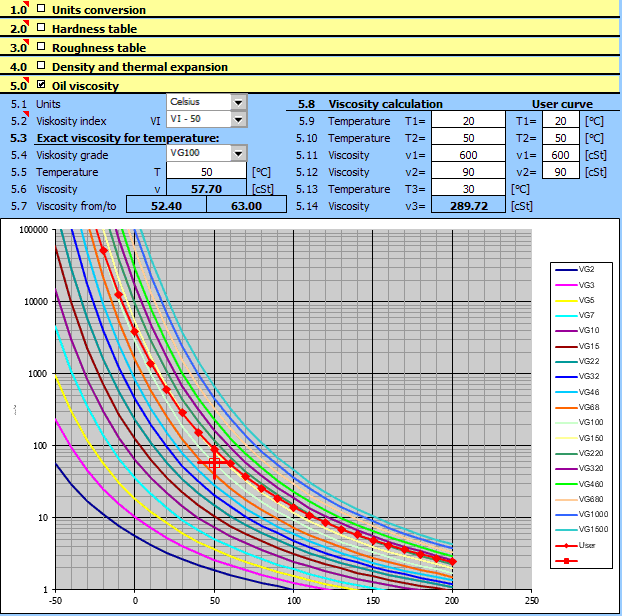
Later, the SAE added the Low Temperature Pumping viscosity requirement to “W”/winter grade viscosity classifications because it was found that after long periods of cold soak at low temperatures the oil might not even be able to be pumped once the engine was started.

An engine would be run on SAE 30 engine oil in summer, and on an appropriate ‘W’ viscosity grade in the winter which would allow the engine to be cranked and started. This led to the introduction of SAE 10W, 15W, 20W and 25W low temperature viscosity grades. That’s why the SAE developed “W”/winter, grades of engine oil. it was found that engines could just not be cranked over at the low temperatures that were experienced. But these early monograde engine oils had problems.

The very early SAE Viscosity Grades for Engine Oils defined only one condition of the oil, its viscosity at engine operating temperature, and ‘straight’ SAE monogrades ran from SAE 10 to SAE 50. A low viscosity oil takes less energy to circulate than a high viscosity oil and the lower viscosity oil will produce less drag between sliding surfaces. Low viscosity high temperature grades are becoming more common because of their contribution to fuel economy.
#Define viscosity in oil update#
The last update of J300 Viscosity Grades for Engine Oils in 2015 also introduced SAE 8, SAE 12 and SAE 16 high temperature viscosity grades. So the two viscosity groups are completely different, the “W”/winter grades describe low temperature viscosity oil characteristics and the “non-W” viscosity grades describe high temperature viscosity oil characteristics. That duplicates the conditions the oil finds in areas such as between the piston ring and cylinder, and between cam followers sliding on cam lobes. Then each “non-W” viscosity grade must also have a minimum High Temperature/High Shear (HTHS) viscosity, this is the viscosity of the oil measured at 150o C under high shear conditions where the oil is being squeezed between moving surfaces. For instance, an SAE 30 must be between 9.3 and <12.5 cSt at 100o C, that’s the approximate temperature of the bulk oil in the engine oil circulating system. Each “non-W” viscosity grade has a range of viscosities at 100o C which it must fall within. The “non-W”, high temperature viscosity grades have their viscosity measured at high temperatures representative of the conditions that the oil encounters in an operating engine. “W”/winter grades also have to meet a minimum high temperature viscosity. As well, there’s a Low Temperature Pumping Viscosity which ensures that the oil at low temperatures isn’t so thick so that the oil pump cannot move it. There’s a Low Temperature Cranking Viscosity which sets a viscosity requirement at various low temperatures to ensure that the oil isn’t too thick so that the starter motor can’t crank the engine over. The “W”/winter viscosity grades describe the oil’s viscosity under cold temperature engine starting conditions. There are the “W”/winter, grades of engine oil and the straight high temperature viscosity grades (the “non-W” viscosity grades). SAE viscosity grades are divided into two distinct groups. These days the SAE publication J300 Viscosity Grades for Engine Oils defines engine oil viscosity grades by four different viscosity tests. It was common in areas with large summer to winter temperature variations for an engine to be run on a less viscous oil grade, such as SAE 10, in winter and on a thicker SAE 30 in the summer. This first SAE Viscosity Grades for Engine Oils classification was for ‘straight’ monograde engine oils. In 1911 it established its viscosity grade classifications for engine oils.

The Society of Automotive Engineers (SAE) was formed in 1905. And a multi-grade engine oil has to survive all these different conditions.

It provides the appropriate fluid film protection in a number of flow and temperature conditions, being cranked at cold start-up temperatures down as low as -35o C, circulating as the bulk engine oil at around 100o C, or being torn apart through the ring belt area at temperatures around 185o C. Probably the most common multi-grade viscosity classification we encounter is an SAE 15W-40, though some modern diesel engines are now calling for SAE 10W-40, SAE 5W-30 or even SAE 0W-20 viscosity engine oils.Ī multi-grade engine oil is a technological marvel, yet we tend to take them for granted. Any lubricant, including diesel engine oils, can be fully described by those two functions, performance and viscosity. The other is performance, whether an API Service Classification, an ACEA Classification or an OEM specification. Viscosity is one of two characteristics which we use to fully describe an engine oil. We’re all familiar with multi-grade diesel engine oils.


 0 kommentar(er)
0 kommentar(er)
